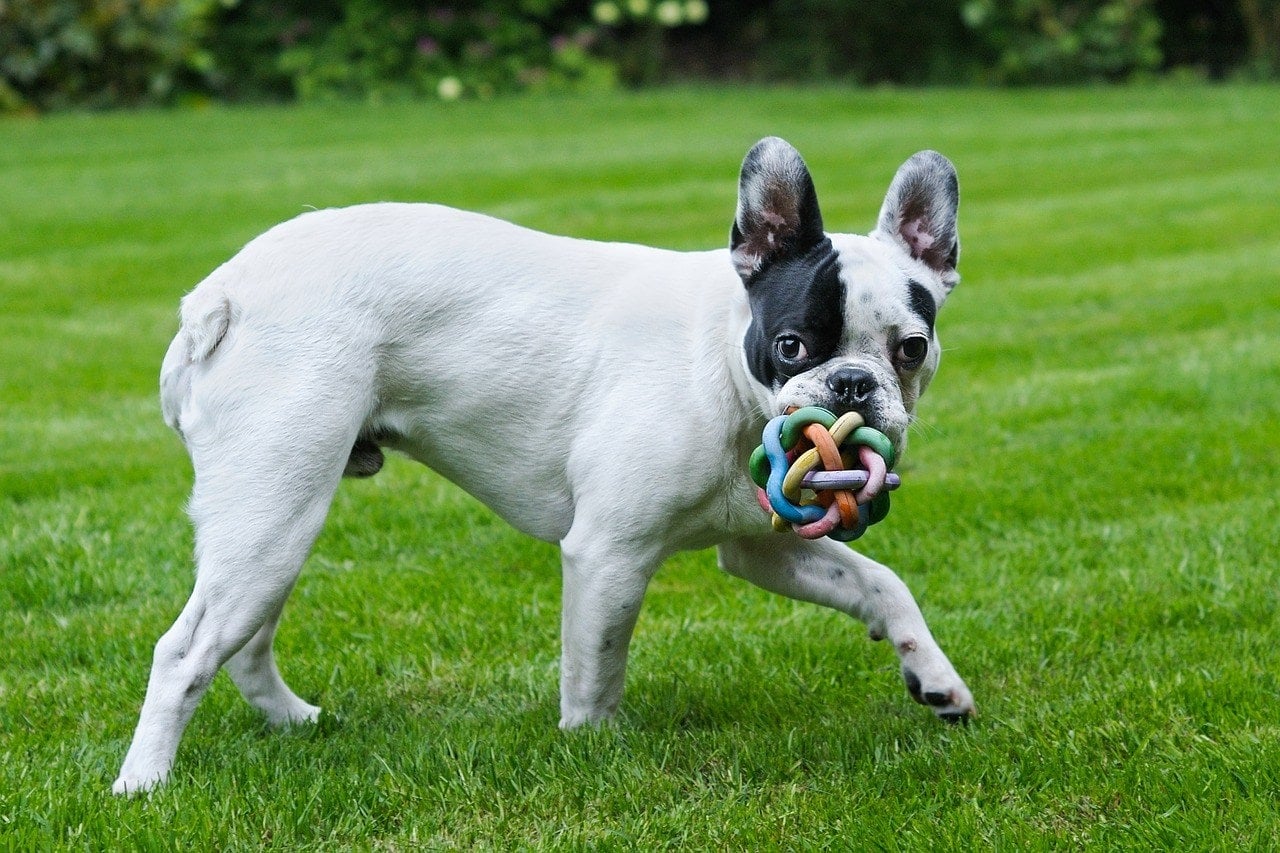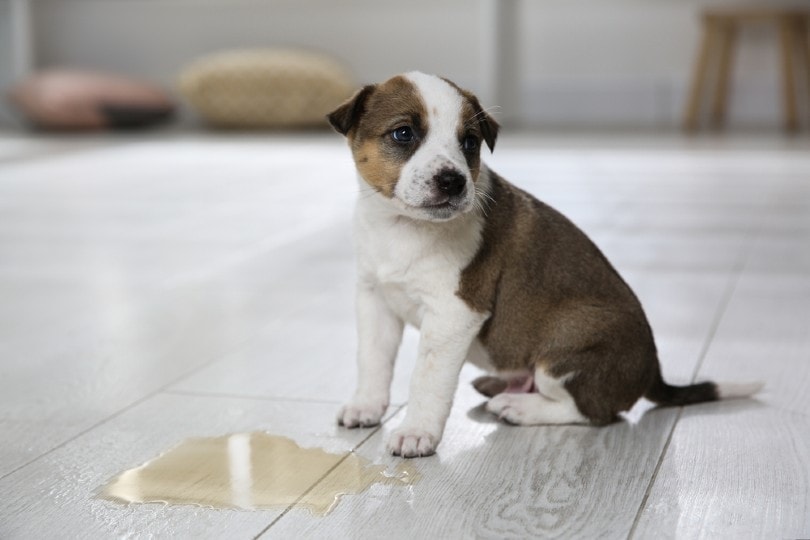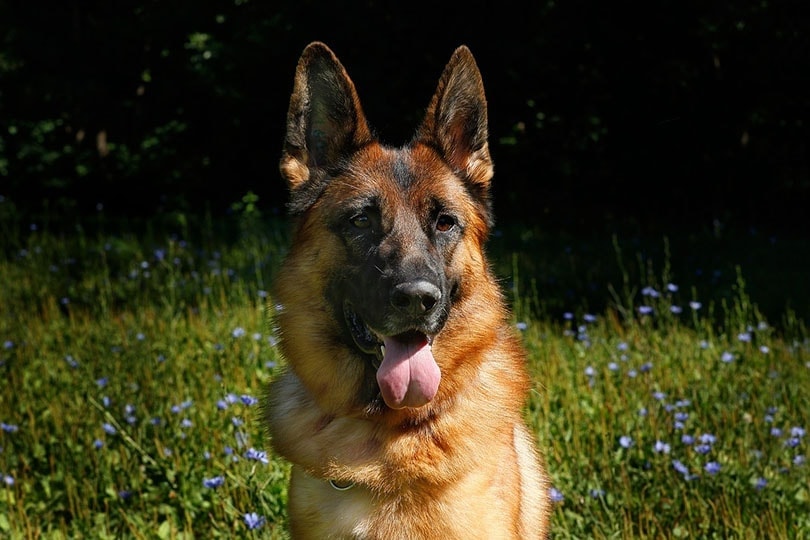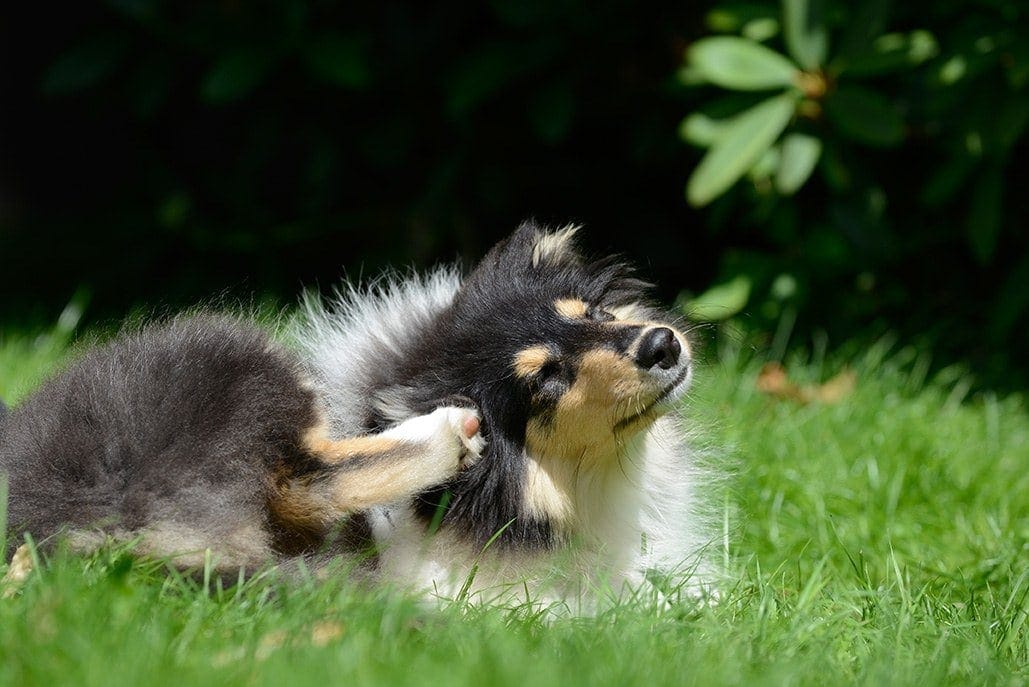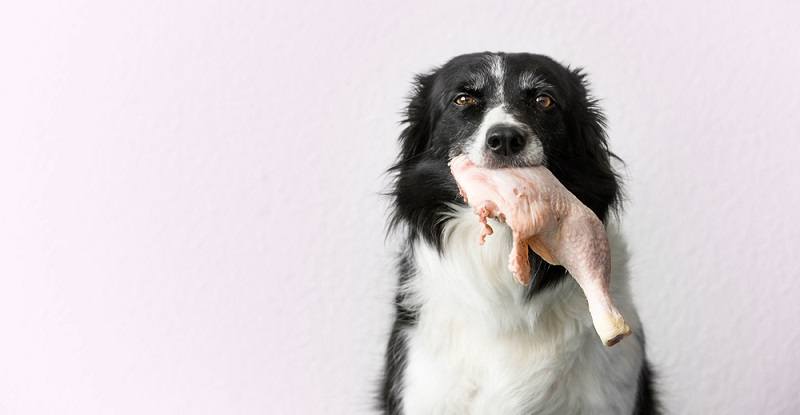French Bulldogs’ adorable, pushed-in noses, and pointy over-sized ears make for quite the cute face. Put that on a tiny, stout body and throw in a spunky personality — how can you go wrong having this dog for a pet? With the breed becoming so sought after, many breeders have been experimenting with color variations to see just how far they can push the envelope.
It seems the more exotic the colors become, the more people love them. But which colors are truly acceptable for the breed? Are there any negatives associated with these variations? Let’s find out.
This breed is known for its stunning appearance overall. However, these colors are standard and accepted in French Bulldogs. The AKC requirements recognize all colors except mouse, solid black, liver, black and tan, black and white, and white with black.
The 14 Types of French Bulldogs:
1. Fawn French Bulldog
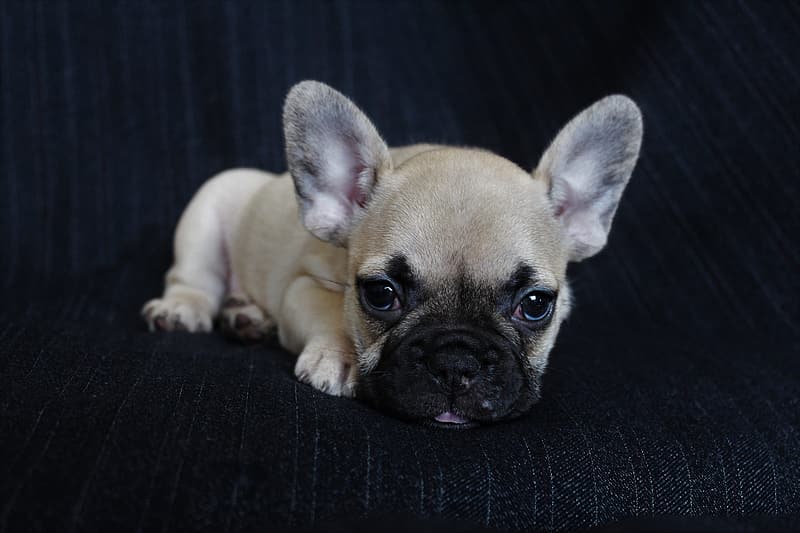
The fawn Frenchie is one of symmetry and beauty. Classic fawn coloring varies from cream to nearly yellow. There may also be a reddish cast in some cases. Generally, the fawn-colored Frenchie is accompanied by a black mask, but not always.
2. Brindle French Bulldog

Brindle is a traditional French Bulldog color. The pattern exists with a dark coat of hair mixed with light strands. It is among the most popular Bulldog colors of all. Many Bull and Mastiff breeds can display this coat. It is caused by the Agouti gene, which controls black pigment distribution.
3. Tiger Brindle French Bulldog
This is a variation of the natural brindle markings you see on Frenchies. However, the tiger brindle pattern shows much more defined stripes. Regular brindle is more of a muddled mixture.
4. White French Bulldog

White coloring in Frenchies comes from certain genetic combinations. They are considered off-white and are frequently confused with piebald. A true white Frenchie has dark pigment around the lips, nose, and eyes. The white coloring can also be the result of albinism but is less likely. White can also be linked to deafness, especially if they show pink around the lips, nose, and eyes.
5. Pied French Bulldog
The pied pattern is when a dog is predominantly white or eggshell accompanied by darker spots. These areas can occur on any part of the body and are generally larger. This pattern is responsible for patches around eyes or ears, giving them a unique look.
While the AKC only recognizes certain color variations, that doesn’t stop breeders from toying around with possibilities. However, with rarer colors comes questionable health issues that may plague the already lackluster health of the breed itself — they are naturally prone to skin allergies, food sensitivities, and brachycephalic syndrome.
Rare-colored Frenchies come with a high price tag. They are also prone to color dilution alopecia and shorter lifespans. Making sure you purchase from a reputable breeder with a solid history can eliminate some worries, but be aware of all risks when considering a rare color.
6. Lilac French Bulldog
Because of the specific gene requirements, Frenches with lilac coloring are few and far between. If you do find one, they will likely come with an even higher price than an average Frenchie. To achieve a lilac coat, both parents much carry the blue and chocolate genes, which are also rare colors.
See: French Bulldog Growth & Weight Chart
7. Pure Black French Bulldog
Pure black is on the list of disqualification colors from the AKC. However, it makes it no less beautiful to see this stunning coat on a Frenchie. The color is caused by a recessive black gene. To be considered pure black, there can be no trace of brindle found in the coat. They often have sapphire or dark brown eyes.
8. Cream French Bulldogs
The cream coat appears due to a recessive dilution gene in the fawn coloring. When cream Frenchies are born, they have pure cream all over their bodies. However, as they age, they develop black shades around their eyes, noses, and mouths.
9. Chocolate French-Bulldog
When achieving a chocolate color, both parents must carry the recessive chocolate gene. When you have a true chocolate Frenchie, their eyes are typically light and penetrating, coming in shades of gold, green, or yellow.
10. Sable French Bull Dog
https://www.instagram.com/p/B9sT0aih4-v/
Sable is a type of French Bulldog with beautiful coloring that is similar to fawn but with a unique twist. These dogs are light tan to dark mahogany with black hairs at the tips, giving a lovely dark hue over a light-colored coat. Most sables are solid colored with black or dark masks.
11. Blue Sable
Blue Sable French Bulldogs gain their coloration the same way a sable does. Instead of their hair tips being dark or black, however, they are blue. So, it gives the overall coat a bluish cast over the top of their fawn coats. It is a charming and rare color. Both parents must carry the blue recessive gene to achieve this coat.
12. Merle
Merle is a pattern that is quite desirable in French Bulldogs today. However, as stunning as this pattern is, it isn’t a breed-acceptable color. It is considered a “new” color and the AKC does not recognize them. This is likely because Frenchies do not carry this gene, which means that a dog who does was mixed into the breeding at some point.
13. Blue
Blue is another rare color you can find in a Frenchie. While it is a lovely shade and looks adorable on those pointy bat-ears, it is another color that isn’t accepted by the AKC. The coloring is said to be a condition called alopecia. Since alopecia is considered a discoloration flaw in the breed, these dogs are considered undesirable in terms of standards.
14. Isabella
Isabella is considered the rarest color of all types of French Bulldogs. Because of the link to alopecia, dogs with this coloring are — like most rare colors — deemed unhealthier than average Frenchies. The Isabella color comes from breeding dogs that are black DD gene carriers. It adds a lovely pale purplish hue to the already chocolate or blue coat.
The Wrap Up
We all can agree that each of these unique colors looks stunning on the Frenchie. Even though experimenting with color genetics may come with health risks, it is quite amazing to see how drastically you can manipulate and combine genes. With how desired this breed is, there is nothing stopping breeders when it comes to exploring its potential.
If you have an interest in a Frenchie yourself, be sure to carefully examine potential costs associated with the breed. Not only is the initial cost expensive, but the upkeep can also run up vet bills throughout their lifespan. Health aside, these are remarkable dogs deserving recognition.
Featured Image Credit: Angyalosi Beata, Shutterstock



